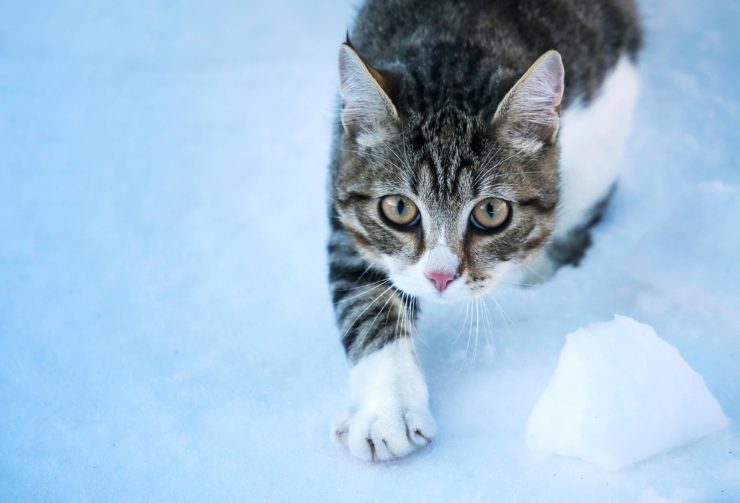The word “Rhyme” can be used in a specific and a general sense. In the specific sense, two words rhyme if their final stressed vowel and all following sounds are identical; two lines of poetry rhyme if their final strong positions are filled with rhyming words. A rhyme in the strict sense is also called a “perfect rhyme”. Examples are sight and flight, deign and gain, madness and sadness.
Perfect rhymes can be classified according to the number of syllables included in the rhyme
masculine: a rhyme in which the stress is on the final syllable of the words. (rhyme, sublime, crime)
feminine: a rhyme in which the stress is on the penultimate (second from last) syllable of the words. (picky, tricky, sticky, icky)
dactylic: a rhyme in which the stress is on the antepenultimate (third from last) syllable (‘cacophonies”, “Aristophanes”)
In the general sense, “rhyme” can refer to various kinds of phonetic similarity between words, and to the use of such similar-sounding words in organizing verse. Rhymes in this general sense are classified according to the degree and manner of the phonetic similarity:
syllabic: a rhyme in which the last syllable of each word sounds the same but does not necessarily contain vowels. (cleaver, silver, or pitter, patter)
imperfect: a rhyme between a stressed and an unstressed syllable. (wing, caring)
semirhyme: a rhyme with an extra syllable on one word. (bend, ending)
oblique (or slant): a rhyme with an imperfect match in sound. (green, fiend)
assonance: matching vowels. (shake, hate)
consonance: matching consonants. (lady, lounges)
half rhyme (or sprung rhyme): matching final consonants. (bent, ant)
alliteration (or head rhyme): matching initial consonants. (short,ship)
It has already been remarked that in a perfect rhyme the last stressed vowel and all following sounds are identical in both words. If this identity of sound extends further to the left, the rhyme becomes more than perfect. An example of such a “super-rhyme” is the “identical rhyme”, in which not only the vowels but also the onsets of the rhyming syllables are identical, as in gun and begun. Punning rhymes such are “bare” and “bear” are also identical rhymes. The rhyme may of course extend even further to the left than the last stressed vowel. If it extends all the way to the beginning of the line, so that we have two lines that sound identical, then it is called “holorhyme” (“For I scream/For ice cream”).
The last type of rhyme is the sight (or eye), or similarity in spelling but not in sound, as with cough, bough, or love, move. These are not rhymes in the strict sense, but often were formerly. For example, “sea” and “grey” rhymed in the early eighteenth century, though now they would make at best an eye rhyme.
The preceding classification has been based on the nature of the rhyme; but we may also classify rhymes according to their position in the verse:
tail rhyme (also called end rhyme or rime couée): a rhyme in the final syllable(s) of a verse (the most common kind)
When a word at the end of the line rhymes within a word in the interior of the line, it is called an internal rhyme.
Holorhyme has already been mentioned, by which not just two individual words, but two entire lines rhyme.
A rhyme scheme is the pattern of rhyming lines in a poem. Internal rhyme is rhyme which occurs within a single line of verse.
